Introduction
Introduction to Welding Tools: Welding is super important in lots of industries, like building stuff and making things. If you’re getting into this field, it’s key to know your welding tools inside and out. This guide introduction to welding tools is your go-to for everything about welding tools – we’ll cover what kinds there are, what they do, and why they matter, especially if you’re just starting out.
1. Understanding Welding Tools
Welding tools cover a bunch of gear and extras that you really need for welding to go well. There are basic hand tools and fancier machines, and each one has its own job to make sure your welds turn out great. Let’s dive into some of the important welding tools and what they do.
a. Welding Machine:
A welding machine is like the wizard behind the curtain in welding – it’s what brings metals together by melting them with heat. This heat is super strong and helps make a really strong bond between the metals. Depending on the type of welding you’re doing, like Arc Welding, Metal Inert Gas (MIG) Welding, or Tungsten Inert Gas (TIG) Welding, there are different kinds of welding machines. Each type is made to control things like how hot it gets, how much power it uses, and how fast you can weld. These machines make sure everything is just right to create perfect welds, managing stuff like temperature, speed, and what kind of metal you’re using to fill in the gaps.
b. Welding Helmet:
Think of a welding helmet as your super armor while you’re welding. It’s a special hat that protects your eyes, face, and neck from the super-hot sparks, really bright light, and harmful radiation that happens when you’re welding. This cool gear keeps your eyes safe from the super bright light and the bad UV rays that come out during welding, making sure your eyes stay healthy and you can see properly. Plus, the helmet usually has a dark visor or lens that changes automatically or with a switch to block the super bright light, so you can always see what you’re doing without any glare.
c. Welding Gloves:
Welding gloves are your tough defenders for your hands when you’re welding. They’re special gloves made from strong stuff like leather or fire-resistant fabrics to shield your hands from getting burned or injured by the crazy heat, sparks, and hot metal while welding. These gloves have extra layers and special linings that can handle the super high temperatures, making sure your hands stay safe even when dealing with hot stuff. They’re super important gear that keeps you comfy and safe while you’re busy with your welding projects.
d. Welding Electrodes/Wire:
Welding electrodes or wire are kind of like the secret sauce in welding. They’re thin metal sticks or wires that you use when welding to make the cool fiery stuff that melts and sticks metals together. These sticks or wires have different types, and each type is for different ways of welding or different metals you’re working with. They’re the stuff that melts and mixes with the metals you’re joining, creating a really strong connection once it cools down. These electrodes or wires are super important because they decide how good, strong, and what kind of weld you end up with, making them a big deal in the whole welding process.
e. Welding Clamps:
Welding clamps are the trusty sidekicks in welding jobs. They’re special tools that grip the pieces you’re welding together really tight while you work. These clamps come in all sorts of types and sizes, made for different jobs and materials. They grab onto the workpieces and keep them super steady, making sure nothing moves or gets out of place while you’re welding. This steadiness helps you make precise and accurate welds without stressing about the pieces shifting around. These clamps are a must-have because they keep everything in check and in the perfect spot for a job well done in welding.
f. Chipping Hammer:
Think of a chipping hammer as the neat-freak for welding. It’s a handheld tool that’s got a pointy end on one side and a flat end on the other. When you’re done welding, this hammer is your go-to for getting rid of the leftover stuff called slag that sticks around on the welded parts. The pointy end chips off the tough slag, while the flat end helps make the surface nice and smooth, giving your weld a clean look.
g. Wire Brush:
Think of a wire brush as the cleaner-upper for welding. It’s a tool with tough bristles, usually made of metal, attached to a handle. This brush is used to clean metal surfaces before and after welding. It’s super good at getting rid of stuff like rust, paint, and leftover bits from welding, making the metal nice and clean for welding. Before welding, it gets rid of any yucky stuff that could mess up the weld, and after welding, it helps tidy up the welded part by brushing off any leftover dirt or junk.
h. Ground Clamp:
A ground clamp is like the electrical link between the welding machine and the thing you’re welding. It’s super important because it makes sure the electricity flows steadily for welding. This connection is key for making sure your welds turn out great every time and stay top-notch in quality.
i. Welding Table/Bench:
A welding table is basically the go-to spot for welding work. It’s a strong and special surface made to hold onto the stuff you’re welding in a really secure way. These tables are usually made of tough materials like steel that can handle the heat and sparks from welding without getting damaged. They have all sorts of cool things like holders, spaces, and clamps to keep your materials, tools, and gear in place while you work.
j. Personal Protective Equipment (PPE):
Conclusion
If you’re just starting out with welding, getting to know the tools is your first big move toward becoming a pro. Each tool has a job to make sure your welding is safe, accurate, and top-notch. Learning about stuff like welding machines, safety gear, electrodes, clamps, and other important tools helps you get ready to dive into welding feeling confident and prepared.
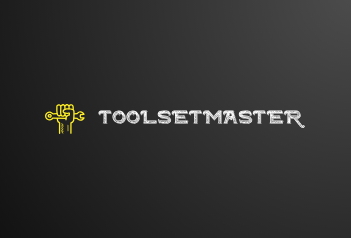
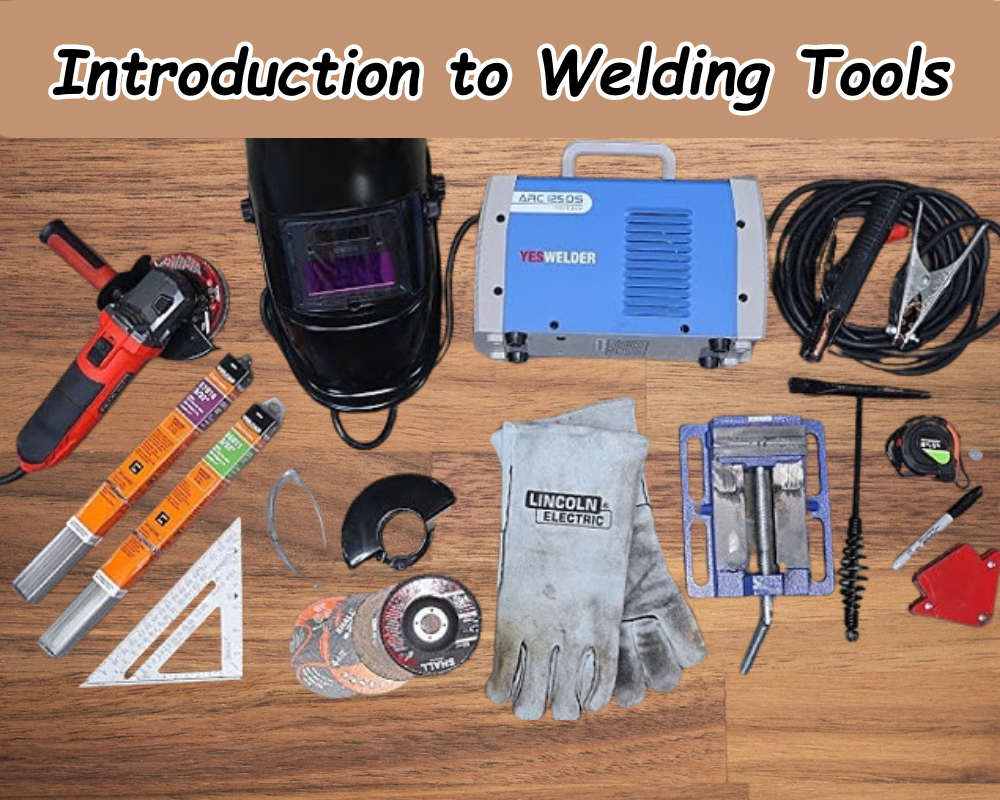
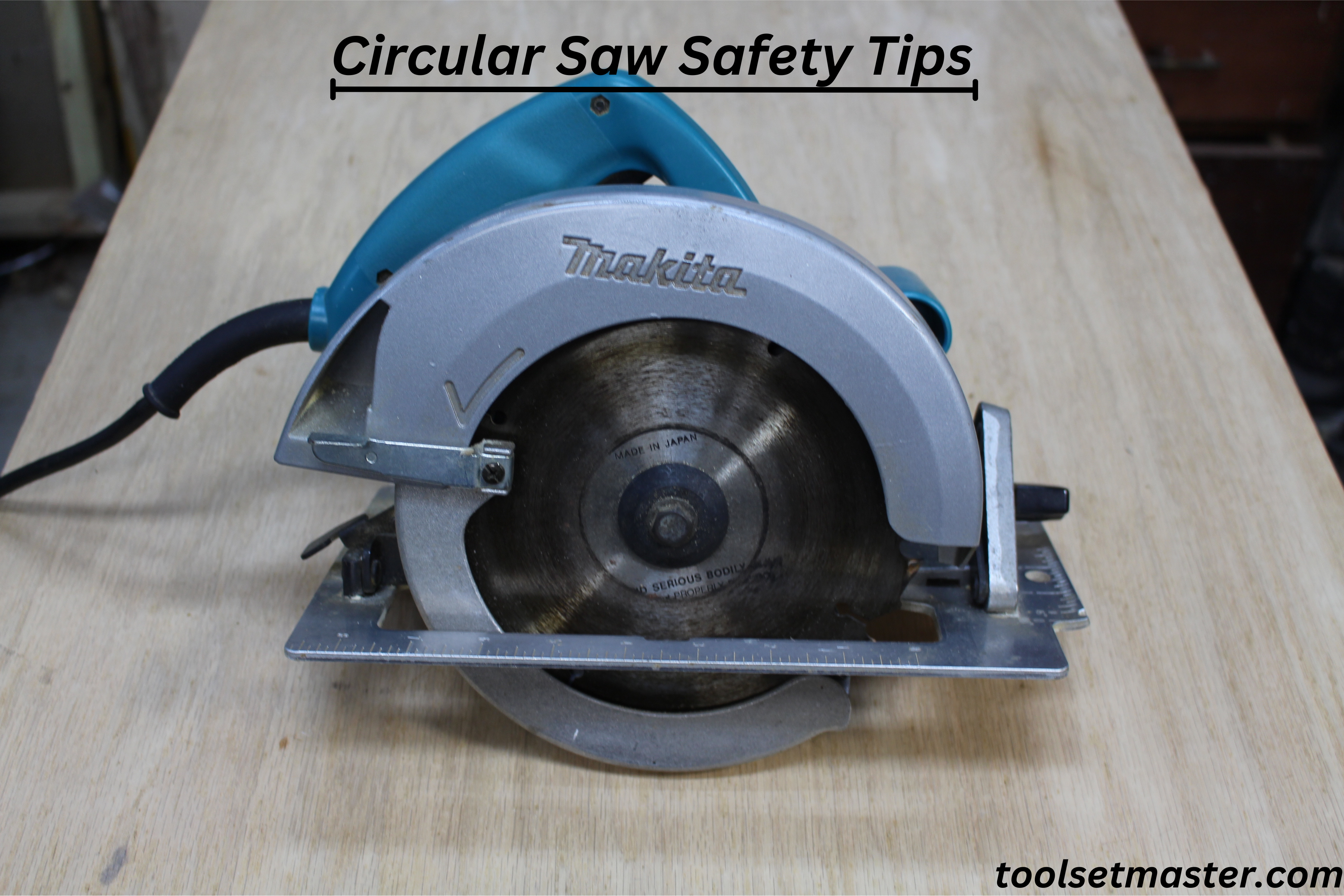
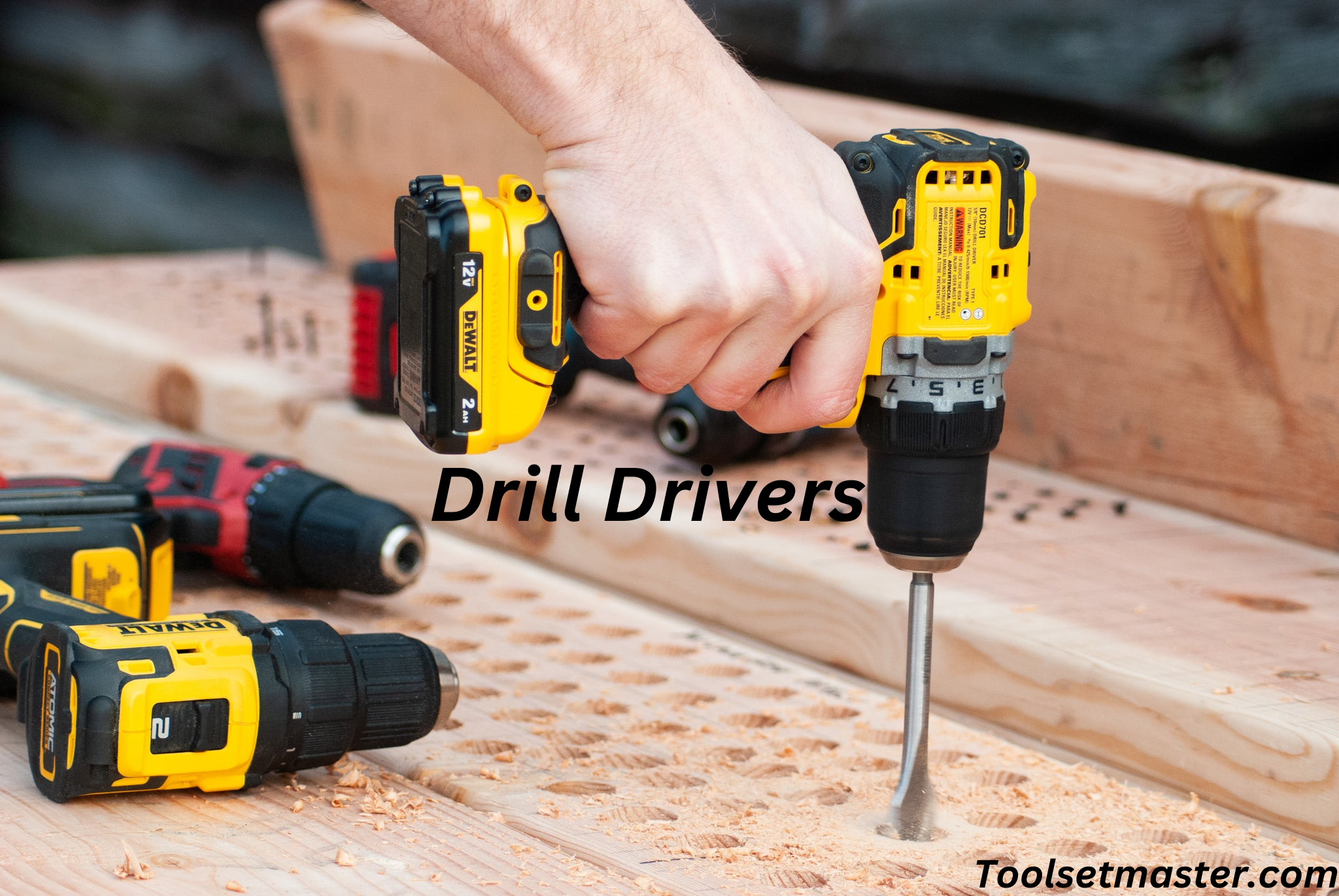
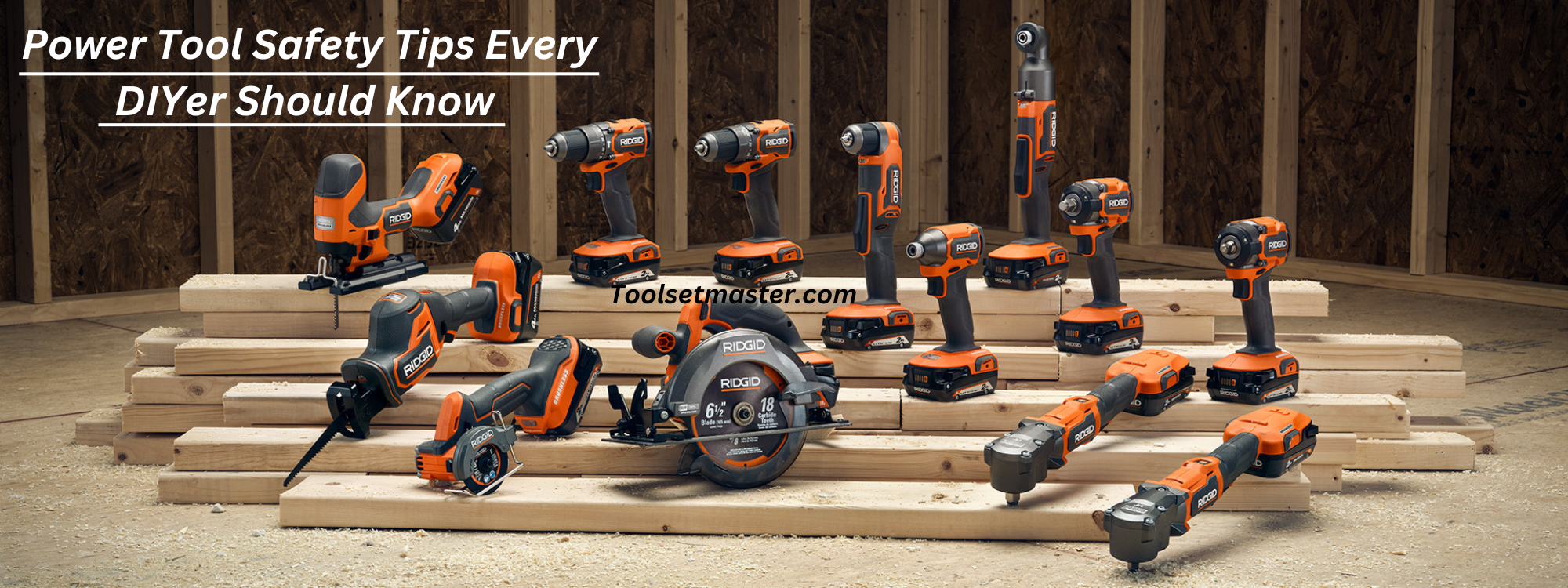
Thanks for one marvelous posting! I enjoyed reading it; you are a great author.I will make sure to bookmark your blog and may come back someday. I want to encourage that you continue your great posts, have a nice weekend!
Thanks for your encouragement! Your inspiring ideas are an inspiration to me and I will try to write better.
Thank you for being of assistance to me. I really loved this article.
You’re welcome! I’m glad you loved the article. If you have any more questions or need further assistance, feel free to ask.